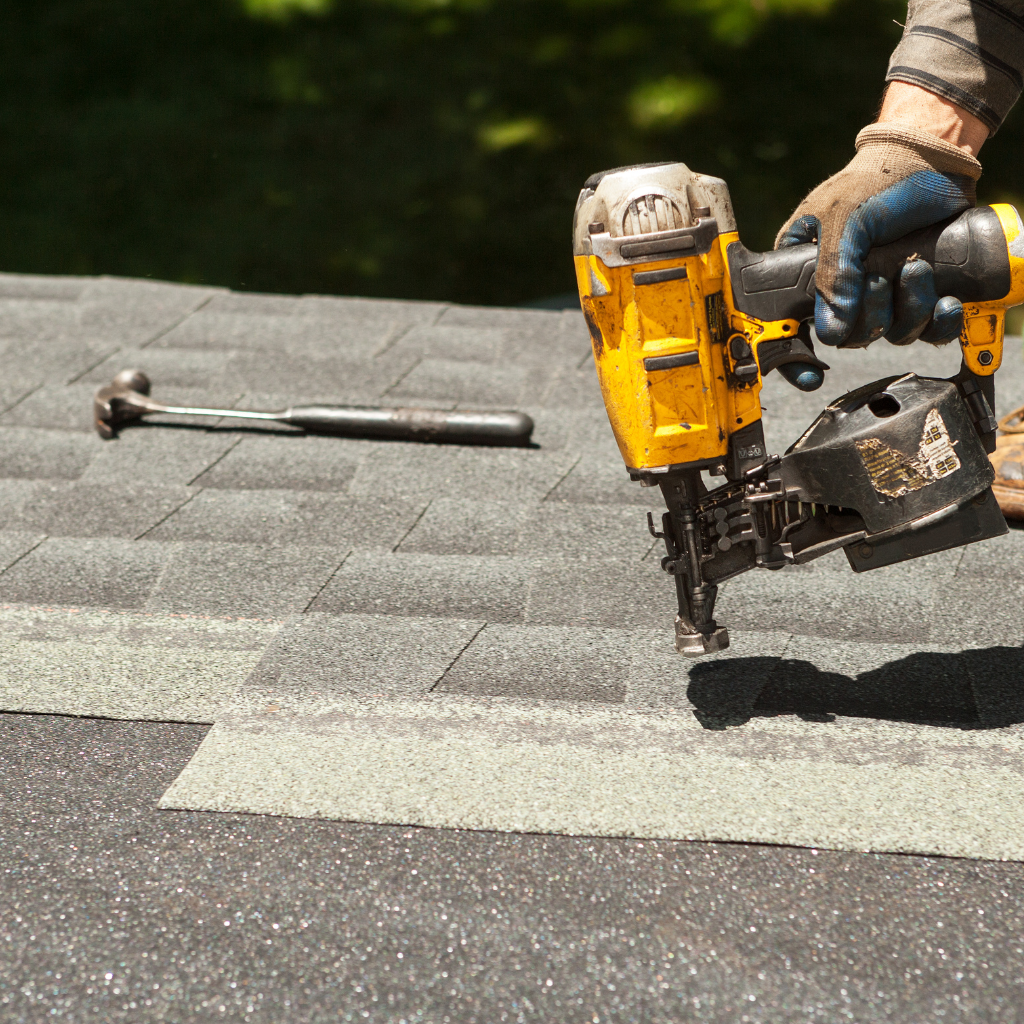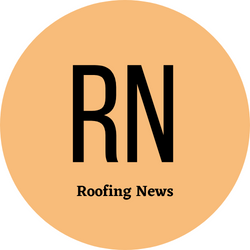How to Repair Roof shingles
by siteadmin

Shingles protect you roof from the weather and leaks. When they become damaged or worn out, they must be repaired.
You can repair a damaged roof shingle yourself, but it is better to call in a professional. It is important to get this done before the rest of the roof is damaged. This will save you a lot more trouble in the long run.
Removing damaged Shingles
Winds may cause your roof to lose shingles. This can occur for many reasons, such as improper nail placement, shingles with weak adhesive, and loose nails.
If you are a handy home owner, you can replace blown off shingles without calling a professional. We recommend calling in a professional if you don't know what you're doing or lack the equipment.
The next step is to seal the edges with roofing cement after removing the old shingles. This will make the shingles more waterproof and prevent them falling off during a thunderstorm.
After you finish your shingle replacement, be sure to thoroughly clean the area. This will help prevent debris from falling and creating hazardous conditions on your home. Pick up and bag all shingle waste and use a magnet broom to collect any stray nails.
Applying Roofing Cement
Roofing cement is a strong adhesive that can be applied to fix roof leaks and dislocated shingles. It can also be used to repair small cracks or holes.
If you are a do-it-yourselfer or have a roof leak emergency that needs to be repaired, it's important to use the correct type of roofing cemented and to apply it correctly. Improper installation can lead to future water damage and other problems.
Roofing cement consists of a mixture consisting of emulsified Asphalt (bitumen), plasticizers, non-asbestos fibres and refined mineral spirits. It is available in different formulas, which can be applied wet or dry. It is generally safe to use on all types residential or commercial roofing, though certain roofing materials can be incompatible.
Installing New Shingles
Be sure to install the drip edge and the underlayment before you lay down the shingles. The underlayment needs to be waterproof, and protect the boards underneath the shingles from wind and rain. The drip edge also needs to be straight, smooth and should extend about a half-inch beyond the end of the roof.
For three-tab shingles: align them with layout line, and drive nails half an inch above the slots (including half slots at each end). If you do not, the tabs between courses will drift out and your roof looks unprofessional.
Flashing must be installed around vents, chimneys and stack pipes as these are the areas most likely to leak. The metal flashing is nailed in place and sealed with the shingle installation. This helps to prevent water from penetrating.
Install a valley flashing where two roof planes intersect. This flashing will be nailed on the roof deck and sealed using roofing cement.
Cleaning up
After a roof repair, cleaning up is a very important aspect. This should be done very carefully to ensure that no shingle bits end up all over your property and in the landscaping.
It is important to pick up any stray nail that has been left behind. This is an important mistake that many homeowners commit. It can lead to injuries and other problems.
It is also important to clean up any bird poop that may be on your roof as soon as possible. This feces can damage your roofing because it contains acid.
The growth of moss, lichen, and algae is another sign that you need to clean your roof. These growths thrive when there is moisture and can cause premature deterioration to your roof.
https://www.rooferjohnscreek.com/
Shingles protect you roof from the weather and leaks. When they become damaged or worn out, they must be repaired. You can repair a damaged roof shingle yourself, but it is better to call in a professional. It is important to get this done before the rest of the roof is damaged. This will save…
Recent Posts
- Roofing Fresno California: Professional Contractors
- Roofers North Port FL
- Corpus Christi Roofing Co.
- Roofing Company Savannah Sheds Light on the Lifespan of Roofs: How Long Should a Roof Last?
- New Orleans Concreters Advocates for Stamped Concrete Driveways as the Ultimate Choice for Durability and Style
